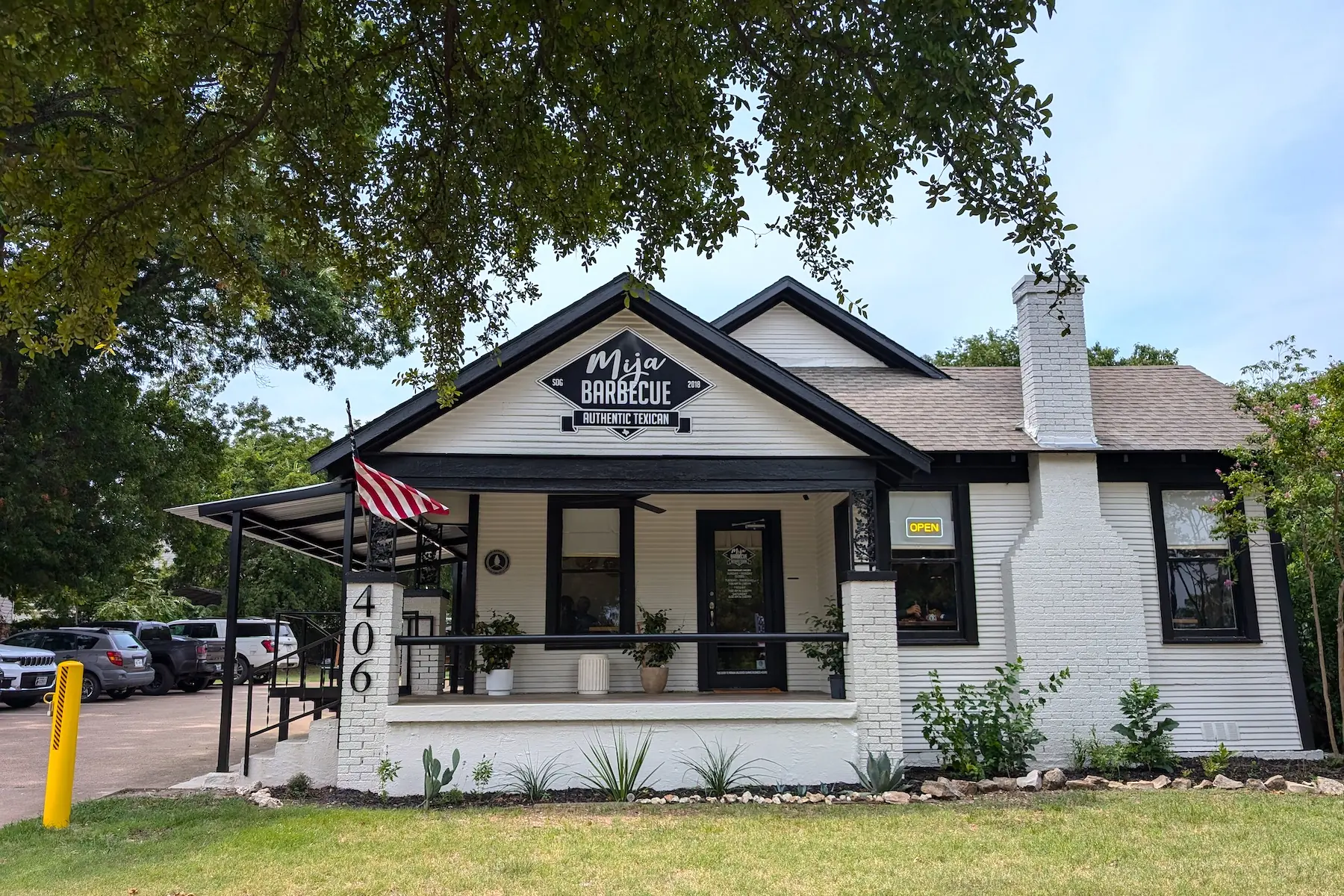Although they have revolutionized the treatment of certain types of cancer, CAR T-cell therapies suffer from a significant limitation: Many patients, including those whose cancers completely regress, eventually experience a relapse. In a new study, researchers at the Dana-Farber Cancer Institute report a technique that could potentially eliminate this problem.
The approach, described in a paper published online (July 30) in the journal Nature Biotechnology, works by stimulating CAR-T cells to be more active and stay in the body longer, allowing them to remain in fight mode until all tumor cells are eliminated. The technique creates what the researchers call a CAR enhancer (CAR-E) therapy platform and causes CAR-T cells to form a memory of the cancer cell so they can become active again if the cancer returns.
In experiments with patient-derived laboratory cancer cell lines and other studies, the CAR enhancer treatment succeeded in eradicating all tumor cells, paving the way for clinical trials of this approach in human patients. The researchers hope to start the first study in the near future.
“CAR-T cell therapies have provided a breakthrough in the treatment of B-cell hematologies such as B-cell leukemias and lymphomas, as well as multiple myeloma,” says the study’s lead author, Dr. Mohammad Rashidian of Dana-Farber. “In myeloma, for example, nearly 100 percent of patients initially respond excellently to CAR-T cell therapies, but almost all of them relapse, half of them within one to two years of treatment. The relapse coincides with the disappearance of the CAR-T cells from the bloodstream.
“Most of the research to address this challenge has focused on redesigning the CAR T cell itself – for example, by introducing or eliminating genes to keep the cell active for longer,” he continues. “Although these approaches are very promising, they have not yet shown great efficacy in the clinic. We decided to approach the problem from a completely different perspective.”
Rather than trying to change the inner workings of CAR T cells, Rashidian and his colleagues developed an approach that works from the outside – by delivering a molecule to the cells that extends their life and encourages them to form memory. The means to do this is an assembled “platform” the likes of which has never been used before in medical treatment.
CAR-T cells are genetically enhanced versions of the patient’s own cancer-fighting T cells. They are made by taking a few million T cells from the patient’s blood and genetically modifying them to form a special structure on their surface called a chimeric antigen receptor, or CAR. The CAR is designed to bind to a specific marker or antigen on the patient’s tumor cells. The cells, now called CAR-T cells, are grown in the lab until they number in the hundreds of millions. When the cells are infused back into the patient, their specially designed receptor binds to the tumor cell antigen, triggering an immune system attack on the cancer.
“The attack destroys almost all of the tumor cells, but a small percentage remain,” explains Rashidian. “The CAR T cells are effector cells: they live to kill cancer cells. When they don’t find any more to kill, they pretend they’ve done their job and disappear. However, the remaining tumor cells can pave the way for the cancer to return.”
To prolong the CAR-T cells’ attack and give them memory, the researchers at Dana-Farber developed a completely new therapeutic, the CAR-E platform. It consists of a weakened form of the immune signaling molecule interleukin-2 (IL-2) fused to precisely the antigen that the CAR is intended to bind to.
“IL-2 has a powerful effect on T cells – it activates them and makes them proliferate – but it can also be highly toxic to patients,” notes Rashidian. “For this reason, we used a very weak form of it. On its own, it has no effect on normal T cells, but has a stimulatory effect on CAR T cells when specifically targeted.”
This precise targeting is achieved by fusing IL-2 with a specific antigen. In CAR T-cell therapies for multiple myeloma, the CAR binds to an antigen called B-cell maturation antigen (BCMA) on myeloma cells. It is this antigen that is bound to IL-2 in the new therapy.
“Just like weak IL-2, the BCMA antigen alone does not affect CAR T cells, but together they demonstrate a synergy whose effect far exceeded our expectations,” says the study’s lead author, Dr. Taha Rakhshandehroo of Dana-Farber.
CAR-E therapy not only proliferates CAR T cells, but also diversifies them—it creates different types of CAR T cells with different properties—the researchers found. “It creates not only effector T cells, which most patients already have, but also stem cell-like memory T cells, central memory T cells, effector memory T cells—a complete repertoire of the types of T cells needed for an effective immune response to cancer,” notes Rashidian.
The researchers found that CAR-E therapy resulted in complete elimination of tumor cells—that is, the elimination of all signs of cancer—in laboratory cultures of myeloma cells and in animal models of the disease.
There were other benefits. Researchers discovered that the long-lived CAR-T cells generated by the therapy could be restimulated by administering CAR-E again, suggesting that patients who relapse after CAR-T cell therapy could be effectively treated with additional doses of CAR-E treatment. CAR-E also raises the possibility that patients could be treated with fewer CAR-T cells than are currently available. The current practice of allowing CAR-T cells to expand to hundreds of millions is a time-consuming, expensive and resource-intensive process that requires patients to wait many weeks before receiving an infusion of the cells. The large quantities are partly responsible for one of the most common side effects of CAR-T cell therapy: cytokine release syndrome, in which an overly aggressive immune response leads to fever, nausea, rapid heartbeat, neurological problems or other issues. With CAR-E, it might be possible to skip the CAR-T cell expansion process entirely: CAR-T cells would simply be manufactured and infused into patients, followed by treatment with CAR-E.
“In animal studies, we gave mice very small numbers of CAR-T cells and found that they could not eliminate the cancer,” Rashidian says. “When we gave them the CAR-E treatment, the CAR-T cells multiplied and were able to eliminate the cancer.”
One of the first goals of a clinical trial of CAR-E therapy will be to ensure safety and determine the best dose and administration schedule. Initially, treatment is expected to begin about one month after the infusion of CAR-T cells. Treatment would consist of a weekly dose of CAR-E therapy for three or four weeks.
“The most exciting thing about this therapy is how easily it can be integrated into the treatment of patients receiving CAR T cell therapies,” says Rakhshandehroo. “It is such an elegant solution to the problem of CAR T cell depletion. We can’t wait to test it in clinical trials.”
Funding was provided by the Dana-Farber Cancer Institute Innovation Research Fund Award, the Parker Institute for Cancer Immunotherapy, and a Blavatnik Therapeutics Challenge Award.
This press release was originally published by Dana-Farber Cancer Institute on July 30, 2024. It is republished with permission.




